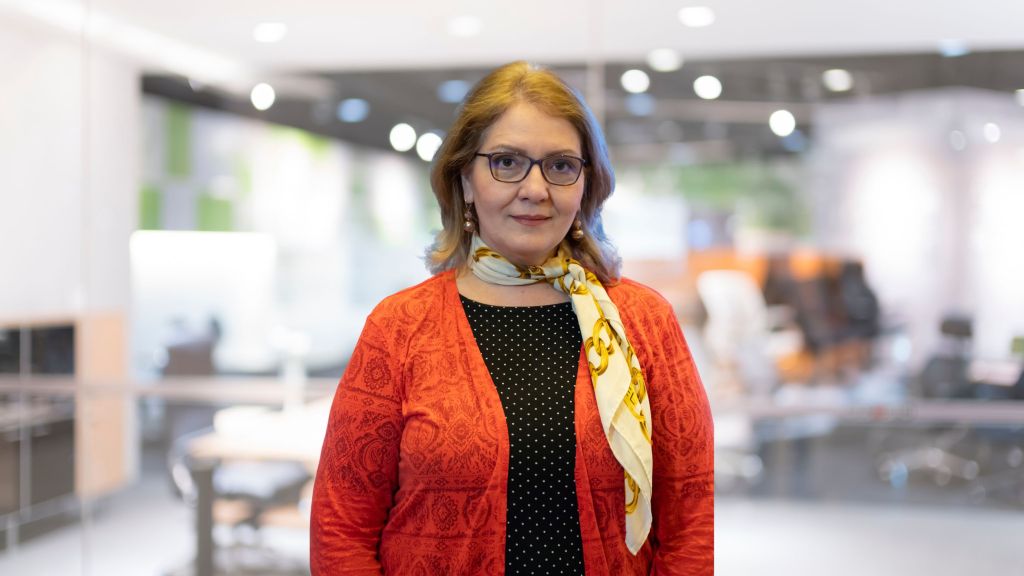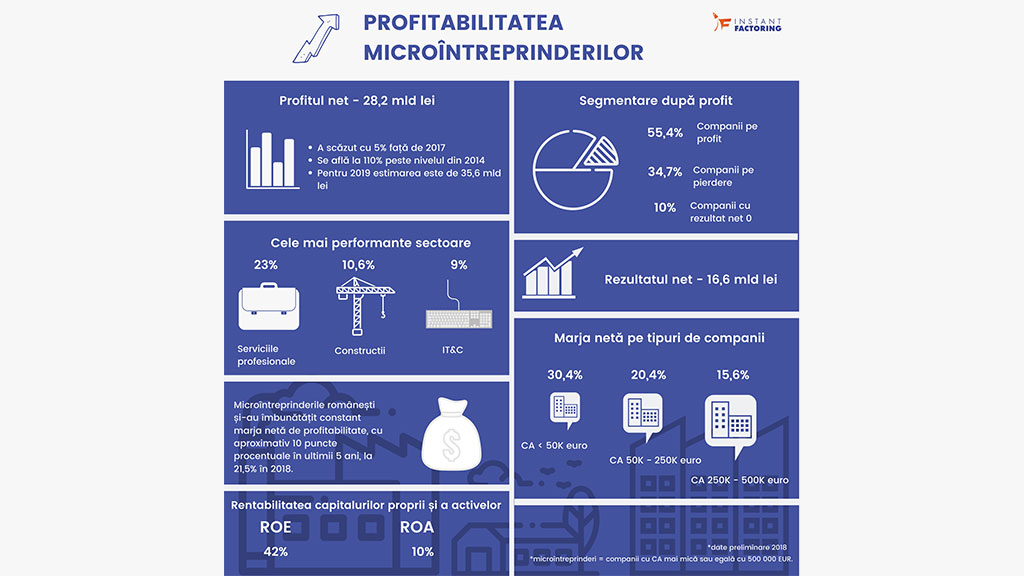Unlike its neighbors, Romania’s plans to join the Eurozone have remained unchanged even at the height of the crisis. To what extent is the euro a viable currency?
Context
At a time when Hungary and Poland have put on hold their plans to join the euro, Romania is over and over again making new plans to join the single currency in the not so distant future. During the past seven years, Romanian officials have transformed the date when Romania should join the Euro Area into a moving target, as reflected in Figure 1. The start of the arrows show the moment when the statement was made, while the tip of the arrow points to the planned euro accession date mentioned in that specific statement.
What made Romania so much keener than other countries in the region to preserve the euro project? The perspective of euro membership in a determined period of time was a project that historically has been strongly supported by the central bank. During the past two decades, Romania’s appetite for reforms was rather mild and, therefore, ambitious objectives such as EU membership or the need for the safety belt provided by the IMF have been the motivating factors that made Romania swallow even the bitter reform pills, which otherwise would have been refused, offering at the same time scapegoats for the unpopular decisions. Once the EU membership objective was reached, the central bank advocated the need for another objective aimed to act as an anchor for the economic decisions of the Romanian governments, meant to support Romania’s
convergence story.
Looking at Figure 1, the use of a Eurozone membership target as a carrot aimed at speeding up reform did not seem to work too well. Moreover, the financial crisis exposed even more the mistakes made in the past, making Romania’s euro membership date a moving target.
The latest statements from decision makers suggest that 2019 is the current euro membership target. But how realistic is this target this time? In order to answer this question, we should look at the nominal convergence criteria, which are the formal qualification criteria, and at the real convergence criteria, which tend to provide the real image of the country’s ability to cope with the competitive forces in the Eurozone.
Nominal euro membership criteria
Any country planning to join the Euro Area has to comply with the five nominal criteria as defined in the Maastricht Treaty.
a) The 12-month (y/y average) HICP inflation of the candidate country has to be a maximum 1.5% higher than the unweighted arithmetic average of the HICP inflation rates in the three EU member states with the lowest inflation. Countries with extreme figures triggered by heavy recession or wage cuts should be excluded from the benchmark (Figure 2).
As the graph shows, this criterion is not yet fulfilled. Despite the lowest-ever inflation posted by the Romanian economy, the disinflation in the Euro Area has been much stronger, making the inflation gap widen after a temporary narrowing in 2012.
b) The ratio of the annual general government deficit relative to gross domestic product (GDP) at market prices must not exceed 3% at the end of the preceding fiscal year (Figure 3).
This criterion is already fulfilled by Romania.
c) The ratio of gross government debt (measured at its nominal value outstanding at the end of the year and consolidated between and within the sectors of general government) relative to GDP at market prices must not exceed 60% at the end of the preceding fiscal year (Figure 4).
Despite peaking in recent years following the global crisis, the Romanian public debt to GDP indicator has remained well below the required benchmark.
d) Long-term interest rates (average yields for 10Y government bonds in the past year) should be no more than 2.0% higher than the unweighted arithmetic average of the similar 10Y government bond yields in the three EU member states with the lowest HICP inflation (having qualified as benchmark countries for the calculation of the HICP reference value), as shown in Figure 5.
The latest figures show Romania getting closer to the benchmark value, but the criterion is not fulfilled yet.
e) Applicant countries should have joined the exchange rate mechanism (ERM/ ERM II) under the European Monetary System (EMS) for two consecutive years, and should not have devalued their currency during the last two years, meaning that the country should have succeeded in keeping its monetary exchange rate within a ±15% range from an unchanged central rate (Figure 6).
Romania has not yet formally joined the ERM and probably will join only two years before euro accession would be achievable. However, it is worth looking at the volatility posted by the EUR-RON over the past few years, which shows that the FX movement has been well below the +/-15% volatility criterion.
The conclusion is that Romania is currently likely to meet three out of the five required nominal criteria to join the euro. The inflation and long-term yield criteria could be met in 1-2 years, as long as economic decisions remain prudent.
Real convergence criteria
The recent financial crisis has shown that the nominal convergence criteria fail to properly reflect the potential problems that a country might face after premature accession to the Euro Area, ignoring the competiveness and convergence gap of the real economy. Therefore, an analysis on how far Romania is from the euro countries based on some real convergence indicators would give a better image of how far Romania is from EU development standards.
The comparison of such indicators is made against the EU28 average and against the values posted by the most recent euro members (Slovenia, Slovakia, Estonia and Latvia) at the moment of their entry.
The first indicator is labor productivity, which shows Romania standing 50% below the EU average and well below the most recent euro members. Assuming a 3% annual increase, which is a rather moderate figure, Romania would need about eight years to match the level of Latvia when it joined the Euro Area (Figure 7).
Another relevant indicator showing that Romania is still far from the Euro Area in terms of development and real convergence is the risk of poverty and social exclusion presented in Figure 8.
Assuming that the current convergence trend continues, Romania would need another 7-8 years to reach the level posted by Latvia when it joined.
There are still a number of factors that should be considered beyond the nominal convergence criteria when judging the extent to which a country is prepared to join the EUR. Finally, we will focus on one of the more important ones: GDP per capita at PPP (purchasing power parity).
In this respect, Figure 9 shows three important indicators: the value of GDP/ capita at which the latest euro members have joined the single currency, the GDP/ capita trend for Romania and how different the mentioned countries are from the EU average.
There are a number of interesting conclusions that can be drawn:
a) Romania’s GDP per capita is rising, but it has barely reached 50% of the EU average.
b) The gap between the recent euro members and the EU average was much less than the current one for Romania.
c) The bar for euro accession has been gradually lowered so that the gap between the euro candidate and the EU average has increased from 11% to 33%.
GDP/capita convergence scenarios
A first scenario would be one in which the bar will not be lowered further for Romania, which should have a GDP per capita representing at least 65% of the EU average, the level posted by the latest entrant. Figure 10 shows, based on different annual growth scenarios for the EU and Romania, how many years Romania would need to reach this level.
As expected, the table shows that, the higher the growth rate differential between Romania and the EU, the lower the number of years required to close the gap. The highlighted figures show the more likely annual growth scenarios for Romania and the EU. Their distribution on the diagonal is due to the fact that the two variables are not independent: a higher EU growth rate would trigger a higher Romanian growth rate as well. Results show that the likely period over which Romania would be able to reach 65% of the EU’s GDP per capita is 10-13 years.
A second scenario would be one in which the entry bar would continue to be lowered and Romania would be willing to take the risk to join at a GDP per capita representing only 60% of the EU average.
Lowering the threshold would trigger a decline in the number of years required to cross it. Such a situation is presented in Figure 11, where the more likely growth scenarios for the EU and Romania suggest that seven to nine years would be required to meet this target.
CONCLUSION
Romania needs more time than currently recognized in order to join the Euro Area. The development gap between the country and the rest of the EU is too large to be ignored, although all of the nominal convergence criteria are likely to be achieved soon. The ease with which the adherence timetable has been shifted during the past years suggests that the Romanian decision makers tend to ignore the challenges that euro membership poses and the risks of joining the area without being properly prepared. The latest term of 2019 has been labeled ‘ambitious’ by the central bank, a label with which we agree, given that the scenarios above suggest that a timeline beyond 2021 looks more realistic. However, in this respect, there will be no free lunch and tough decisions will have to be made in order to boost the competitiveness of the economy. The restructuring and privatization of the state-owned sector, boosting budget revenue and EU fund absorption, and favoring infrastructure investments over social expenses are only some of them.





























